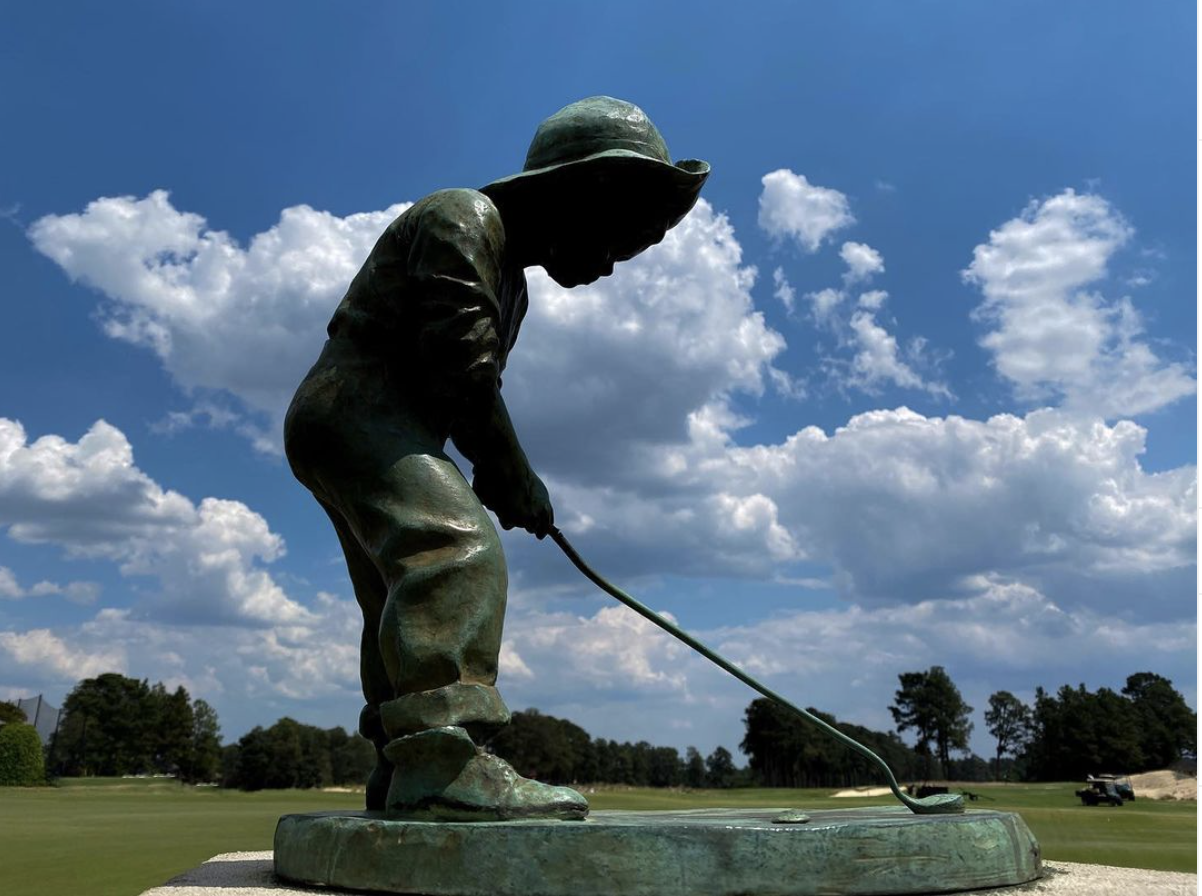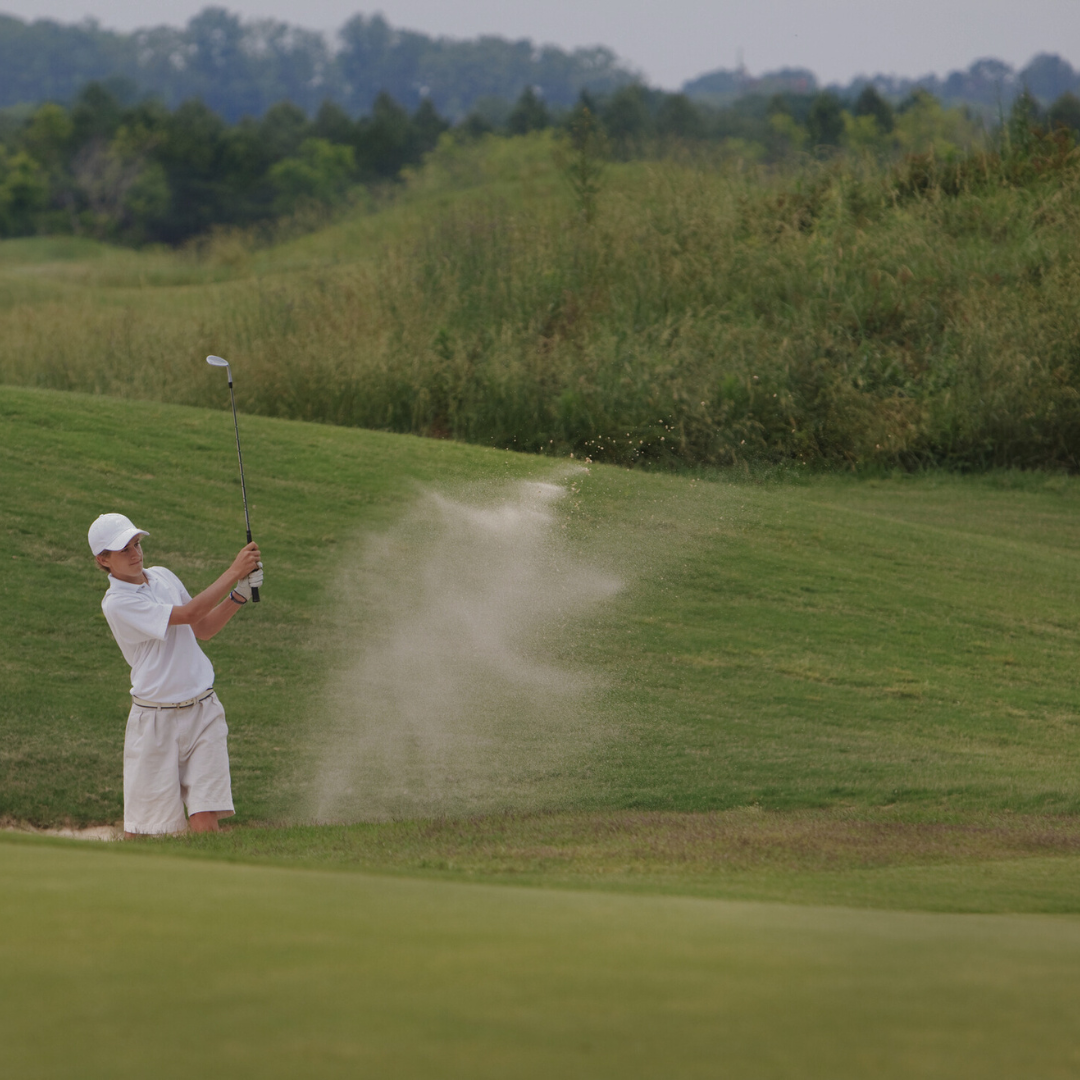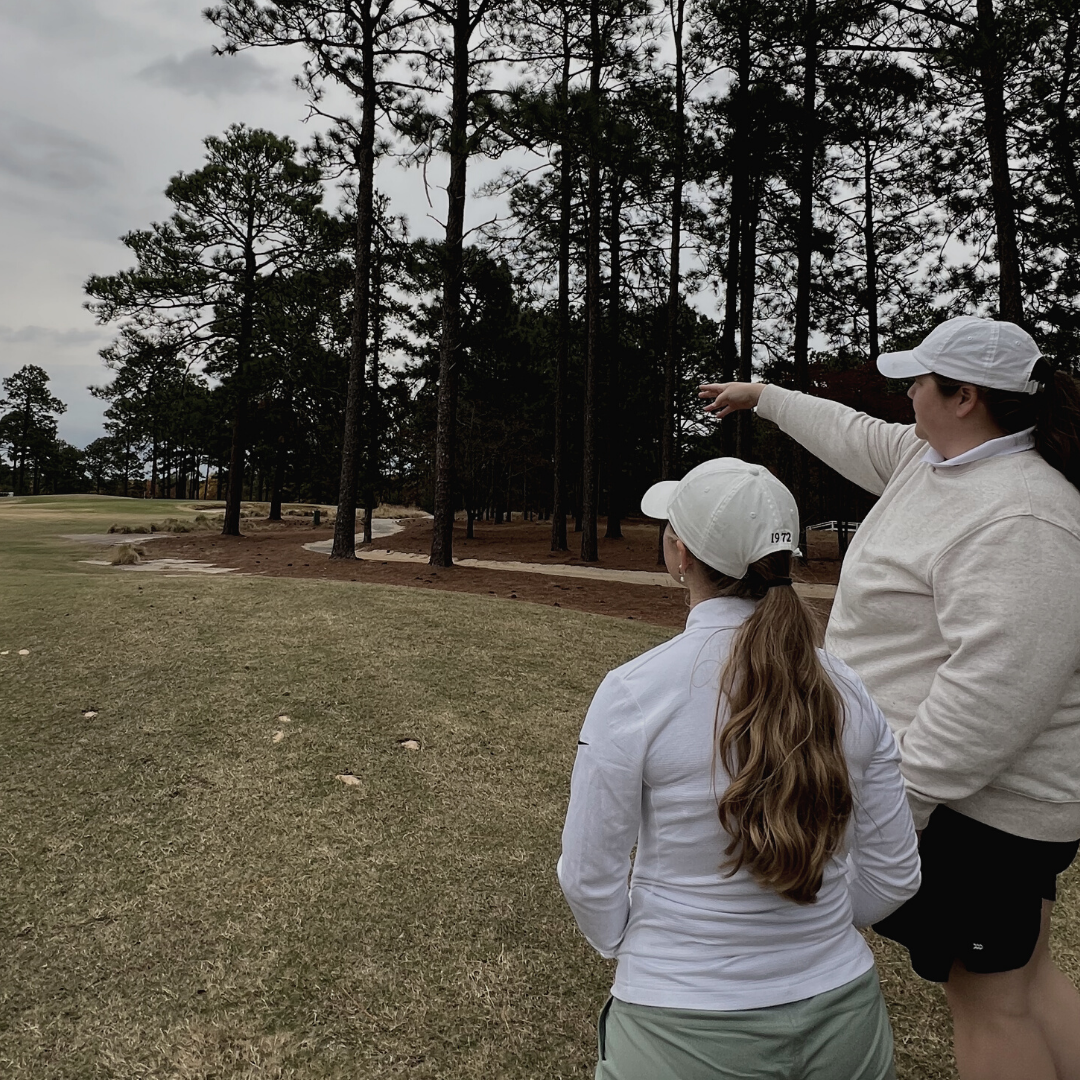DISCLAIMER: Please note that there are different recruiting rules for each division. Contact us at info@pathforesuccess.com if you have any questions.
For junior golfers aspiring to play at the collegiate level, understanding the rules and timelines of the recruitment process is essential. One crucial aspect is knowing when college golf coaches can and cannot initiate contact with prospective student-athletes.
In this blog post, we’ll explore the intricacies of these contact rules, providing junior golfers with the knowledge they need to navigate this critical phase of their athletic journey.
Understanding NCAA Recruiting Rules:
The National Collegiate Athletic Association (NCAA) sets forth specific rules and regulations governing the recruitment of student-athletes, including junior golfers. These rules aim to maintain fairness, integrity, and transparency in the recruiting process. The timeline and permissible methods of communication between coaches and junior golfers are key components of these regulations.
When Coaches Can Contact Junior Golfers:
- After June 15 of Sophomore Year:
College golf coaches are generally allowed to initiate contact with junior golfers after June 15 of their sophomore year in high school. This marks the beginning of the so-called “contact period,” during which coaches can actively reach out to prospective student-athletes. - Anytime During Junior or Senior Year:
Once a junior golfer enters their junior or senior year of high school, coaches can continue to contact them freely. This extends beyond phone calls and emails to include in-person meetings, campus visits, and other forms of communication. - Following Official and Unofficial Visits:
Junior golfers can expect contact from coaches after they have made official or unofficial visits to a college campus. Coaches use these visits as opportunities to further establish a connection and express their interest in the athlete joining their program.
When Coaches Cannot Contact Junior Golfers:
- Before June 15 of Sophomore Year:
Prior to June 15 of a junior golfer’s sophomore year, coaches are restricted from initiating contact. It’s essential for athletes to be aware of this limitation and refrain from expecting communication during this period. We still highly suggest you reach out to the coaches and keep them informed of your golf journey. - During “Dead Periods”:
The NCAA designates certain periods as “dead periods” during which all in-person recruiting activities are prohibited. Coaches cannot have face-to-face contact with junior golfers during these periods, but electronic communication is still allowed. - During “Quiet Periods”:
Similar to dead periods, “quiet periods” limit in-person recruiting activities. Coaches cannot have in-person contact with junior golfers off the college campus during quiet periods. However, communication through electronic means is permitted. - During “Evaluation Periods”:
While coaches are allowed to evaluate junior golfers during “evaluation periods,” direct communication outside of the evaluation process is restricted. Coaches can watch tournaments and assess a player’s performance but cannot actively contact them during this time.
Navigating the Contact Process:
For junior golfers, navigating the contact process requires a proactive approach. Understanding the rules and timelines set by the NCAA is the first step toward making informed decisions about college recruitment. It’s crucial for athletes to use their high school years wisely, focusing on both academic and athletic achievements to attract the attention of college coaches.
Tips for Junior Golfers:
- Create a Comprehensive Profile:
Develop a detailed and compelling golf and academic profile that showcases achievements, skills, and character. This profile serves as a crucial tool for coaches to evaluate your potential contribution to their team. - Stay Informed About NCAA Rules:
Keep yourself informed about NCAA recruiting rules and any updates or changes that may occur. This knowledge empowers you to make decisions aligned with the regulations governing the recruitment process. - Initiate Communication Before June 15:
Before the contact period begins after June 15 of your sophomore year, be proactive in reaching out to college coaches. Express your interest in their program, share your achievements, and inquire about the possibility of joining their team. Even thought they can’t respond, this will get you on their radar. - Attend Showcases and Tournaments:
Participate in showcases and tournaments that attract college coaches. This provides them with the opportunity to evaluate your skills in person, increasing the likelihood of contact.
Navigating the intricate rules surrounding when college golf coaches can and cannot contact junior golfers is a vital aspect of the recruitment journey. By understanding these regulations and proactively engaging with coaches during permissible periods, junior golfers can position themselves for success in securing a spot on a collegiate golf team. The combination of talent, dedication, and awareness of NCAA rules creates a pathway for junior golfers to tee off into a promising future in collegiate athletics.
For more posts like this one, check out our blog here: Path Fore Success Blog. You can also follow us on Instagram & Twitter for more!












